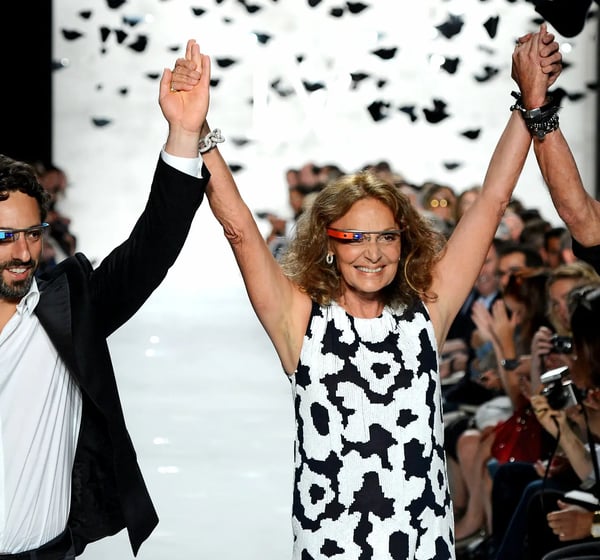2021 March
Google Glass: A Vision Unfulfilled - Lessons from the Rise and Fall


In the annals of tech history, few products have stirred as much excitement and controversy as Google Glass. Launched in 2013 with a promise to revolutionize personal technology, Google's foray into augmented reality eyewear serves as a cautionary tale about the intricacies of innovation, public perception, and the unforeseen challenges that can lead to a digital product's downfall.
The Hype and Promise:
Google Glass was introduced as a groundbreaking wearable device that allowed users to overlay digital information onto their real-world view. The concept was visionary, offering hands-free access to information, navigation, communication, and more, all through a sleek, eyeglass-like device. The possibilities seemed endless, sparking a wave of excitement in tech enthusiasts and beyond.
The Challenges Unveiled:
However, the initial enthusiasm soon waned as several significant challenges emerged, contributing to the ultimate failure of Google Glass.
Privacy Concerns: A major hurdle was the public's apprehension about privacy. The device's camera raised concerns about the potential for discreet recording and invasion of personal space. This led to "Glassholes," a term coined to describe wearers perceived as invasive or arrogant.
High Price Tag: The initial price of Google Glass was prohibitive for most consumers, further limiting its appeal. The device was positioned as a luxury item rather than an accessible, everyday tool.
Social Acceptance: Wearing Google Glass became a social challenge. The device's distinct design garnered attention, often negative, which dissuaded many from using it in public.
Use Case Uncertainty: While the concept was exciting, its practical applications weren't fully realized. Developers struggled to create compelling use cases that justified the device's adoption beyond novelty.
Lessons to Learn:
The journey of Google Glass provides critical insights for aspiring innovators:
Market Acceptance: Public perception is pivotal. Even the most groundbreaking technology can falter if it's not aligned with societal norms and expectations.
User-Centric Design: Building a product that seamlessly integrates into users' lives is crucial. Addressing privacy concerns, pricing, and social dynamics should be prioritized.
Ecosystem and Use Cases: A robust ecosystem of apps and practical use cases can determine a product's success. Without clear, tangible benefits, even the most innovative concepts can fall short.
Legacy and Moving Forward:
Despite its discontinuation as a consumer product in 2015, Google Glass found its way into various industries, including healthcare, manufacturing, and enterprise applications. The lessons learned from its consumer-focused failure contributed to a more thoughtful approach in the development of wearable technology.
Google Glass serves as a reminder that innovation is a journey fraught with challenges. It highlights the importance of not only technological advancement but also understanding user needs, societal dynamics, and the potential impact on privacy. As we continue to embrace new frontiers of tech, Google Glass remains a beacon of both inspiration and caution, urging us to balance visionary ideas with practical considerations to create lasting success.
Google Glass: A Vision Unfulfilled - Lessons from the Rise and Fall
Google Glass. Launched in 2013 with a promise to revolutionize personal technology, Google's foray into augmented reality eyewear serves as a cautionary tale about the intricacies of innovation, public perception, and the unforeseen challenges that can lead to a digital product's downfall.
